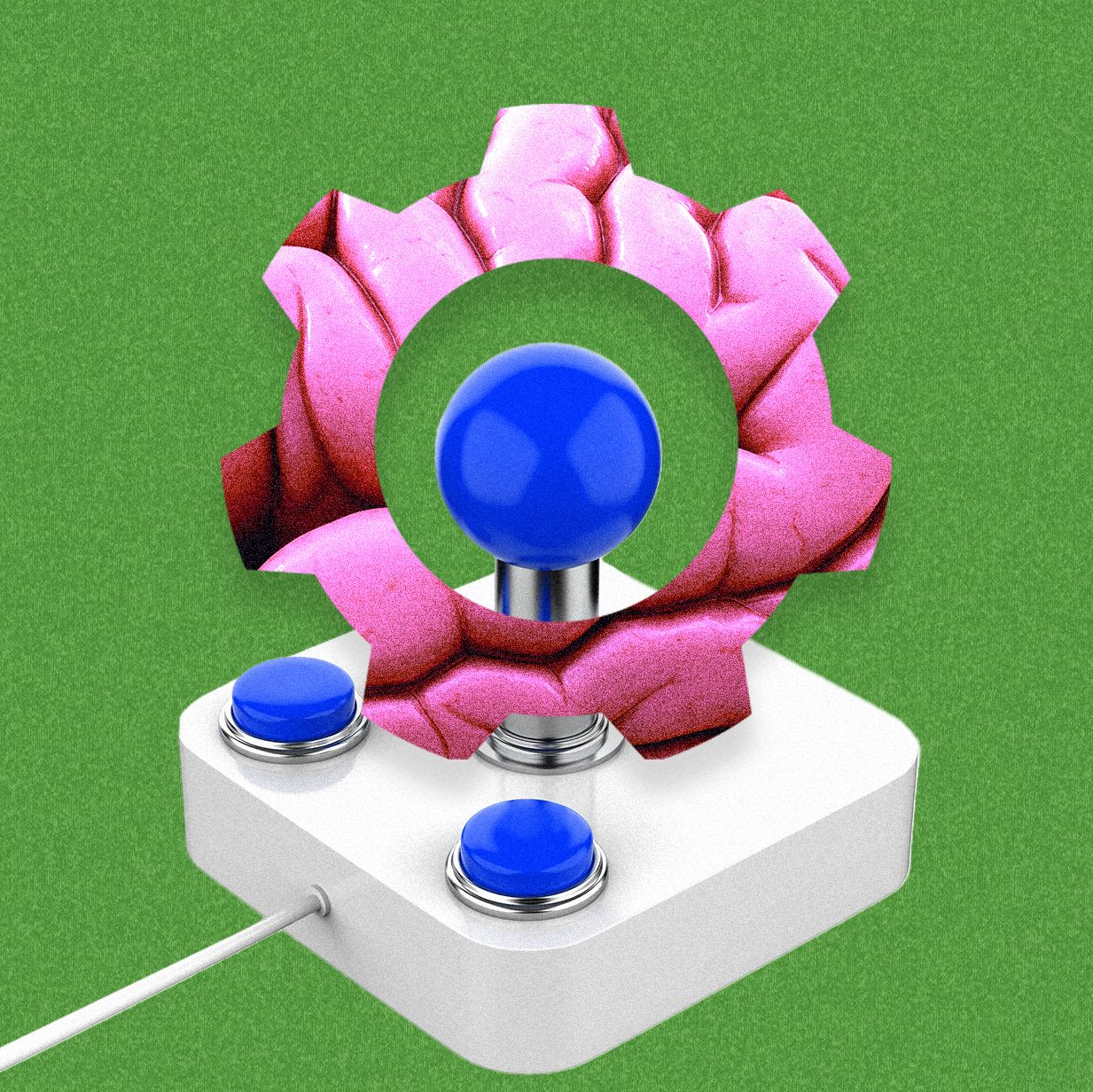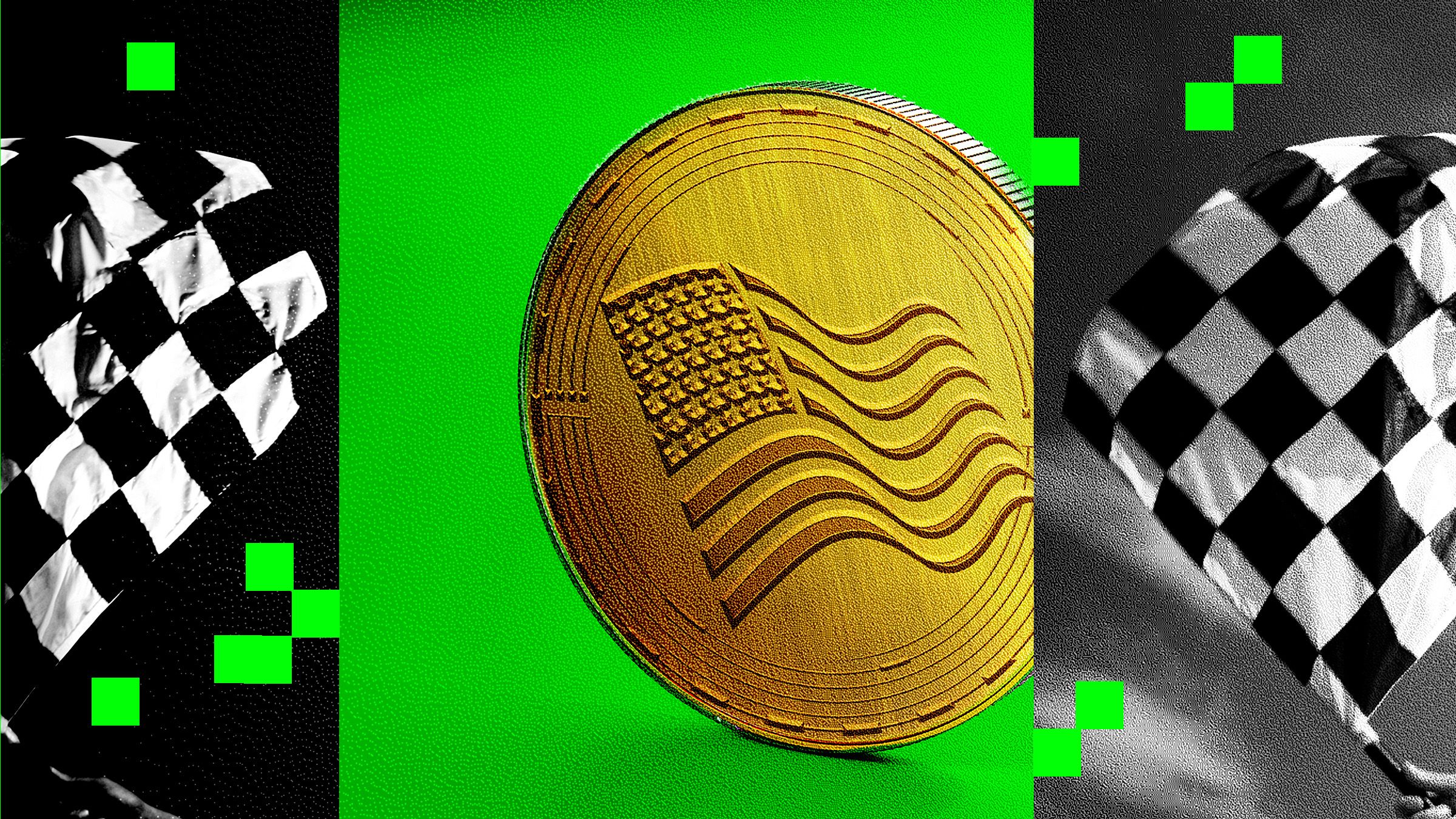No scenario in which draw is good result – Tongue
No scenario in which draw is good result
When it comes to sports or any competitive event, a draw is often seen as a lackluster outcome.
In football, for example, a draw means that neither team was able to secure a win, which can leave fans feeling unsatisfied.
Similarly, in business negotiations, a draw may indicate that neither party was able to come to a mutually beneficial agreement.
Even in personal relationships, a draw can represent a lack of resolution or closure.
Ultimately, a draw is often viewed as a missed opportunity for greatness or success.
While a draw may prevent one party from losing, it also prevents them from winning.
In essence, a draw can be seen as a stalemate, where neither side emerges victorious.
Therefore, in most scenarios, a draw is not considered a good result.
It is typically better to strive for a clear victory, rather than settling for a tie.







